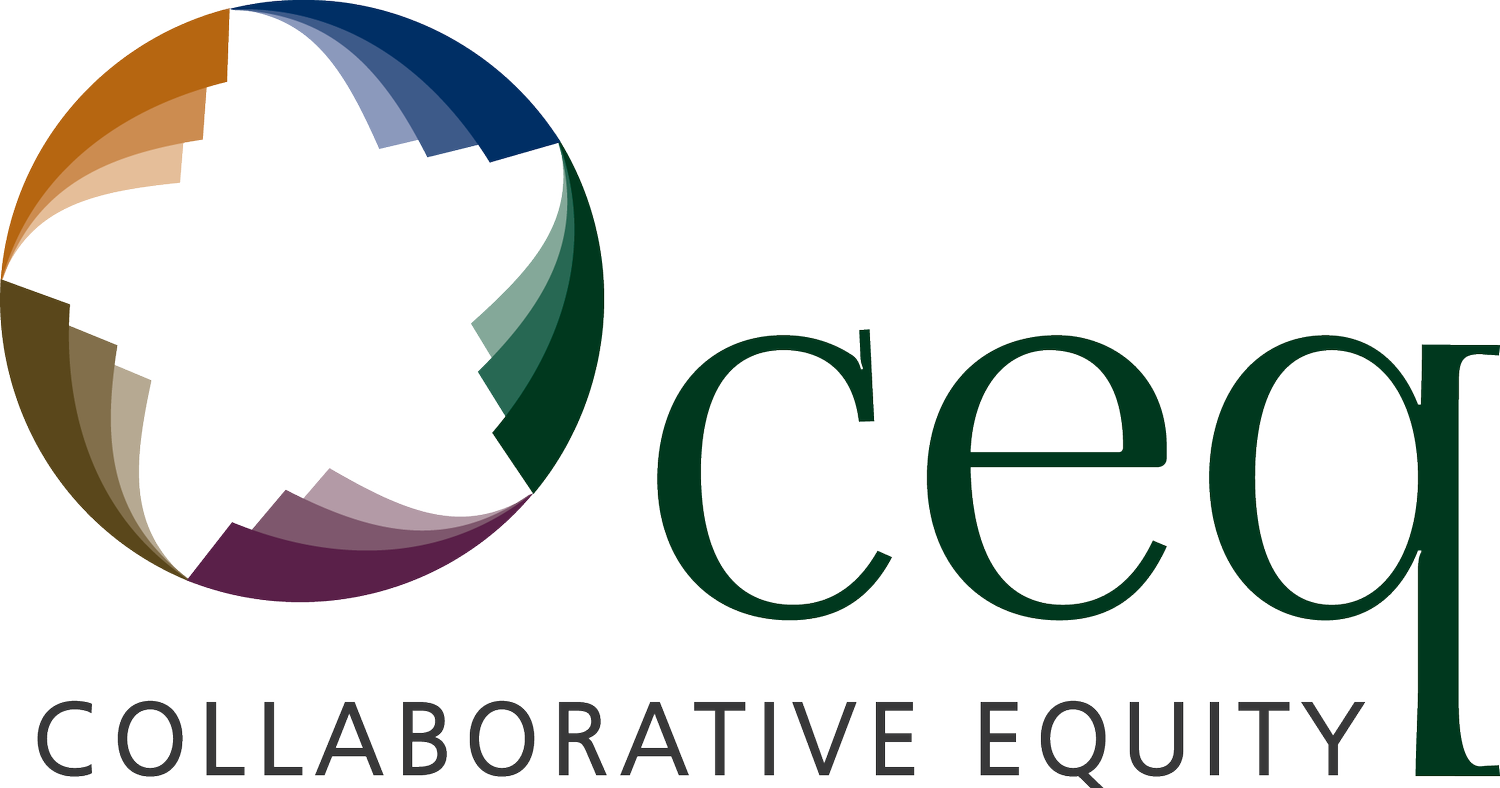The Cycle of Ownership – CEQ’s Change Curve
The sequential, predictable and inevitable journey that people go through when change is imposed upon them
Background
Only a small number of people in leadership can ultimately take the big decisions, however much discussion, engagements and consensus they have first sought
Leaders then have to get all others involved in the enterprise to follow – to execute on those decisions with full enthusiasm and commitment; with full ownership
Most leaders spend way too much time trying to get everyone else to follow clear plans – persuading, cajoling, directing even manipulating – meaning that efficient execution of plans is severely compromised
Most corporate citizens work hard every day to first gain and then secure control over their corporate lives. It is therefore unsurprising that they become highly agitated when they hear of a change that will suddenly put their world out of control – even if that change will be good for them
The emotional and psychological journey that people go though when change is imposed upon them has 5 stages
These 5 stages are sequential, predictable and inevitable. Not only will people go through these stages, but they have to go through them; there is no skipping a stage
People will go through these stages on their own ‘naturally’ but in the corporate world the risk is that the next change will come along before the ‘current’ cycle is complete
In fact in our experience most organisations are stuck in a seemingly endless loop of the first 3 stages – most organisations are in fact characterised by resistance to change
The job of the leader is to move (lead) people through these 5 stages as fast as possible – arguably the definition of leadership is to get people through these stages quicker than they would ever get there on their own
The 5 Stages
Uncertainty
Resistance
Engagement
Reflection
Action
The CEQ Cycle of Ownership Programme
There are two crucial skills required to lead people through the Cycle of Ownership – Authentic Leadership and Coaching.
Authentic Leadership means creating an emotional journey towards an inspirational vision of the future – creating a compelling Mission or Purpose – and then communicating this in such a way as the people who want to believe get on the bus, and those who do not get off.
Coaching means asking the right questions of people at each stage. It means holding people and listening to their answers without shirking from the discomfort of the resistance that will naturally come. It means applying boundaries and sanctions – not allowing people to go back a stage (in public) once we have all moved on – and using a more personalised style in private. It means ensuring that all conversations are authentic not superficial. It means noticing and acknowledging the emotions that will, indeed must be felt through the stages and celebrating them when they arrive on the scene - fear, uncertainty, guilt, sadness, grief, disappointment, denial, defensiveness, anger, frustration, jealousy, envy, betrayal, anxiety, depression, resignation, excitement, challenge, joy, happiness, calm, security, comfort, love, rejection, anticipation, elation, enthusiasm, energy, creativity, pride, honour, fulfilment.
The CEQ Cycle of Ownership Programme delivers the following elements:
Awareness of the 5 stages of the Cycle of Ownership
How to determine which stage people are in, individually and collectively
How to arrive at the ‘non-negotiables’ of the change
How best to communicate the change clearly and authentically
How to coach people at every stage
The CEQ team have led thousands of people through change – as CEOs, Chairmen, Operations Directors and Store Managers; as Consultants and Coaches. CEQ’s Cycle of Ownership is not merely sound human psychology theory – it is a unique and well proven practical tool.

